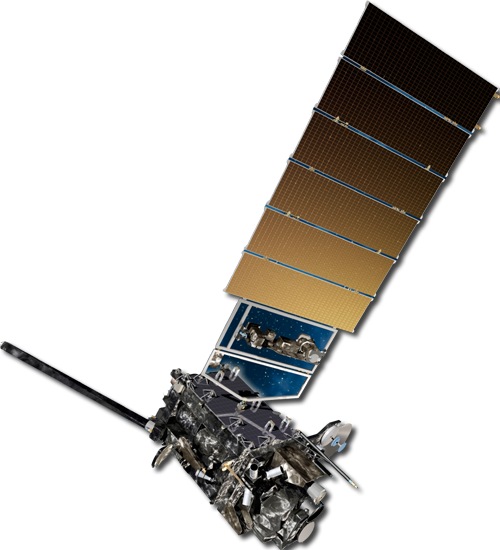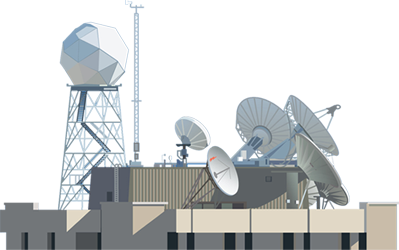Weather Forecasting

Introduction to Weather Forecasting
Imagine an experiment with dozens of dependent variables and no controlled variables.
That's a good way to think about a weather forecast. The sun, the source of all energy
on Earth, would be the independent variable, well, sort of. Even though the sun rises
and sets on a steady schedule, and sends out fairly steady amounts of energy, the Earth
keeps turning below it! This causes differential heating, so the air temperature is
constantly changing. Clouds drift in and out of the scene, and different concentrations
of gases affect the weather "experiment". And don't forget about air pressure, which
changes with space and time too.
Forecasting weather is one of the hardest and most complicated things scientists do
on a daily basis. Meteorologists use many tools to tackle the job of weather forecasting.
Many start by looking at images provided by weather satellites. A single satellite
image holds tons of information. A meteorologist looking at this image could tell where
the mild air is, where the cold and warm fronts are, and even identify stormy weather.
Here's a satellite image of the United States. You can tell where it's cloudy, can
you guess where it's raining?
Check "Show front systems" box to see the cold fronts, warm fronts, and areas of High and Low pressure.
You can click back and forth between to see the pattern, try it!
Was your prediction right? Along with showing us where the clouds are, this satellite image suggests that precipitation is occuring in the Pacific Northwest and much of the Midwest. You could forecast rain for central California from this satellite image alone, and you'd probably be right.
| 2 / 12 |





